What Should a CV Look Like in 2024
Your CV needs to look beautiful so you can get the most use out of it. What do you need to know to improve your CV’s appearance?
Your CV needs to look beautiful so you can get the most use out of it. What do you need to know to improve your CV’s appearance?
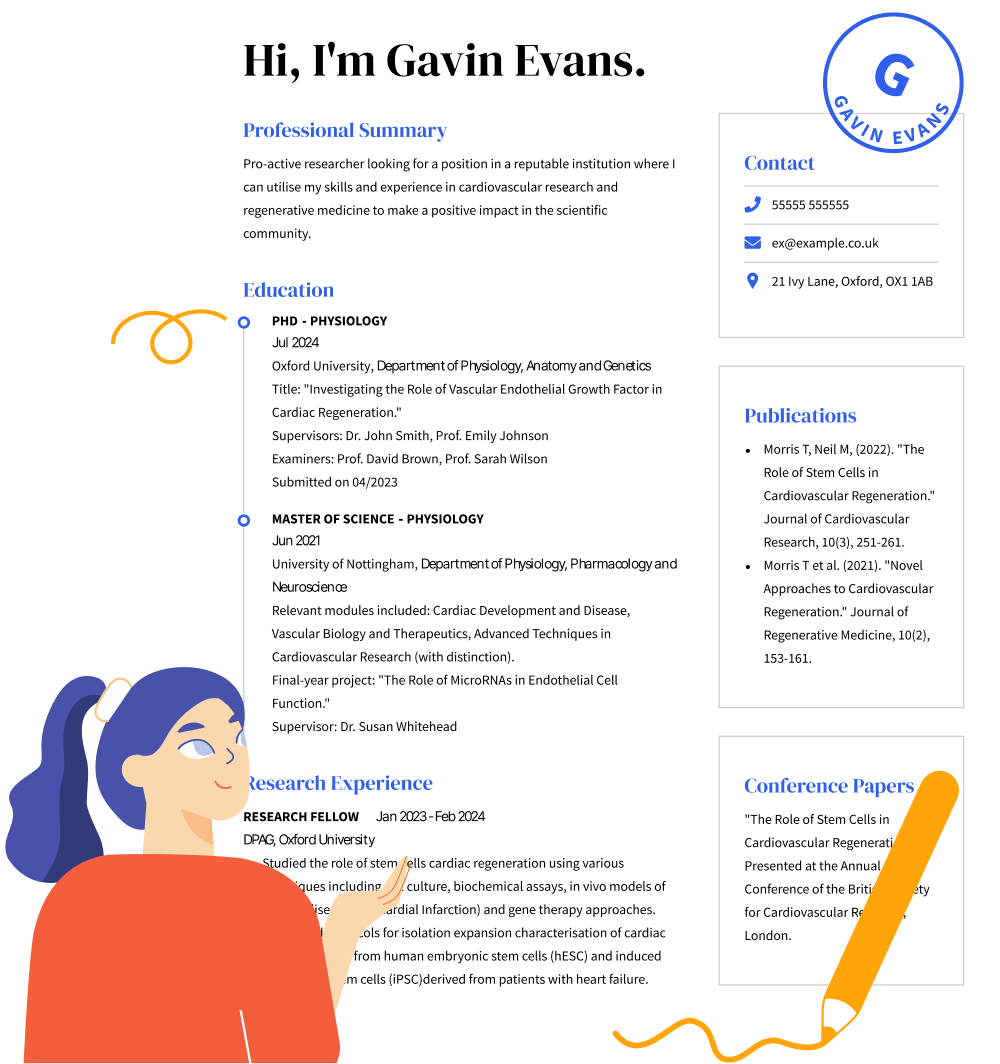
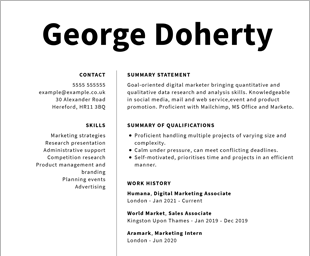
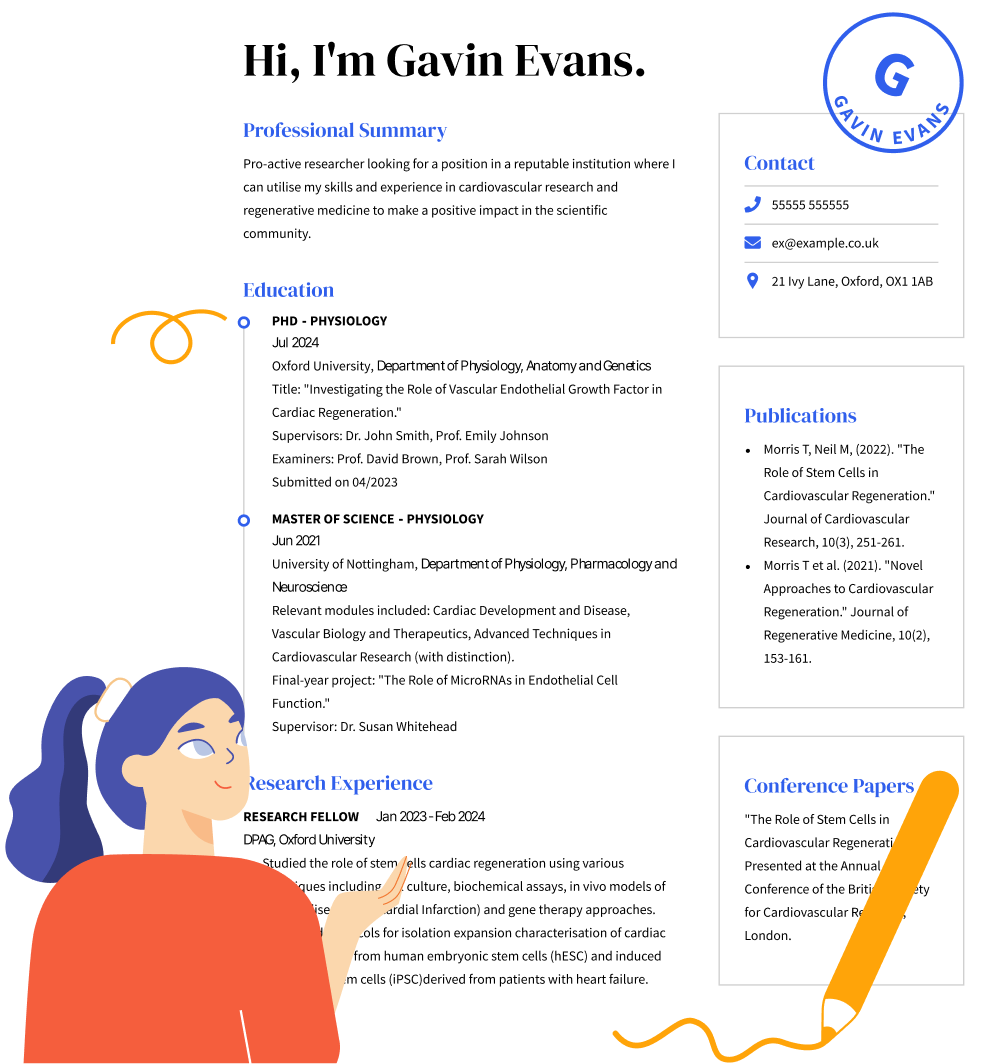
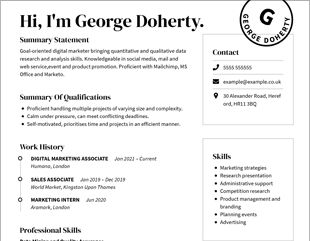
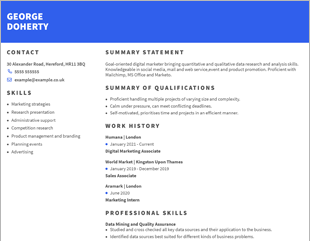
OUR USERS HAVE BEEN HIRED BY
While the content of your CV and cover letter is by far the most important thing, appearance is also important. Any hiring manager who views your CV will consider how it looks. From the font choices you make to the use of bullet points in your sections, every aspect of your CV’s appearance is noticed. Balancing form and function is the best way to impress a hiring manager. In this article, we will cover:
No matter which format you choose, a good CV will have certain features. These are the main features that should be found in any professional CV:
1. Contact information
Clear and correct contact information is needed from every applicant including your full name and phone number. You can also add your social media links, such as your LinkedIn profile.
2. Objective statement
In this section, you give an overview of your top career highlights relevant to the position. Describe your professional or academic specialisations, key skills or relevant attributes, and key achievements to show why you’re the ideal candidate.
3. Summary of qualifications
This section should be focused on what you can offer to a potential employer by highlighting what makes you unique. You can also highlight your affiliations with any professional bodies or groups. Think of these as lengthier descriptions of the most important attributes that would otherwise belong on your skills list.
4. Core qualifications/Key skills
These sections represent technical or special skills that directly reference the terms used in the job description.
5. Work history
This section should be presented in reverse-chronological order, just as with a professional CV, and highlight your main achievements and professional skills. Remember to include quantifiable metrics to demonstrate precisely what you contributed to past employers.
6. Awards
Academic and professional achievements you have received.
7. Certifications
Credentials earned via training online, night classes etc.
8. Publications
List research papers, articles or other published writing related to your work.
9. Grants and fellowships
Here you’d list financial grants or admittance into fellowships. This shows potential employers that you’ve proven yourself to influential people in your field.
10. Conferences
Shows your commitment to taking a more holistic interest in your industry through networking, learning from peers, and more.
11. Affiliations
Highlight which major, industry-relevant associations you’re a part of or have worked with directly.
According to Forbes, hiring managers can look at resumes for as little as six seconds before deciding to read further or discard them. This is why proper formatting is important. The right headers and fonts, enough white space and an uncluttered CV design can make it easy for recruiters to scan your CV and find exactly what they need. Here are some basic formatting guidelines to help you hit the right notes.
Set the right margins
Margins are an often neglected detail, but if you want to make an impression on the hiring manager it is these small details you should pay attention to. Your CV margins should be even on all four sides, and it is recommended that you set margins to one inch. If space is an issue, you can reduce margins to a half-inch in order to get a little more space.
Choose a professional font
The font of a CV you choose is also important to your resume’s overall appearance. Avoid the lure of “characterful” gimmick fonts and instead opt for a professional and legible Sans Serif font such as Arial. This will help your resume read well in the applicant tracking system.
Keep line spacing consistent
All of your CV sections should have the same line spacing to ensure consistency of appearance. You should also consider the amount of white space on the page. While your CV should not appear sparse, it is also a bad idea to cram your skills, education or experience section with too much information. This may lower readability.
Be brief
If possible, you should aim to fit all information into a single page. This will ensure accurate scanning for hiring managers, recruiters and the applicant tracking system. When it comes to the appearance of your CV, these tips cover the basics of CV writing and formatting. You should also consider less obvious details like the colour scheme and the way you separate sections.
While some differences are forgivable, it is a good idea to make sure your cover letter matches your CV in presentation. Recruiters may pick up on small details like aesthetic consistency. While not exactly matching your cover letter’s look probably won’t prevent you from getting a job, giving them a complementary style could help your chances.
Whatever CV format you choose for your job search, no matter the job description, it is important that you focus on the most appropriate skills and work experience that you have. Recent graduates and job seekers applying to an entry-level position may lack work experience. If this is the case, it is good advice to focus on your skills and certifications as well as any internships or volunteer work you have undertaken. A functional CV format would be best for this type of CV.
Yes, CV builders like the one offered by CVHelp can create an attractive and functional CV for you very quickly. Just pick a template, and our CV builder will guide you through the whole process, with job-specific advice for each section of your CV.
We personalize your experience.
We use cookies in our website to ensure we give you the best experience, get to know our users and deliver better marketing. For this purpose, we may share the information collected with third parties. By clicking “Allow cookies” you give us your consent to use all cookies. If you prefer to manage your cookies click on the “Manage cookies” link below.